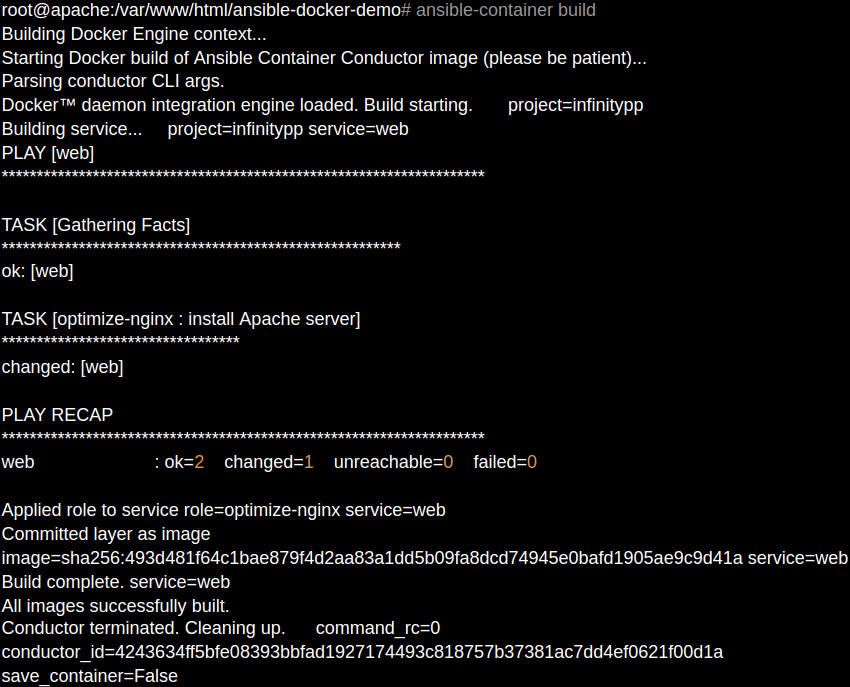Ansible provision Docker image using Ansible Container which is a package that handles the process of running roles on a Docker container.
Here at Bobcares, we have seen several such Docker related queries as part of our Docker Hosting Support for Docker users, web hosts, and online service providers.
Today we’ll take a look at how to provision docker images using Ansible.
How does Ansible provision Docker container?
Ansible uses “Ansible Container”. It is a package that handles the process of running roles on a Docker container.
In other words, it launches a container called “Conductor“. Also, all the required packages are present in this container. The conductor then connects to the target container and runs the roles. Once, an image is created we can upload it to the Docker hub or any other registry.
Now let’s take a look at how our Support Engineers build Docker Containers using Ansible.
Installing Ansible-Container
To build Docker images, we need to install “Ansible-Container”. By default, it does not ship with Ansible.
1. First, we install Ansible-Container in order to build the Docker images.
pip install ansible-container[docker]
2. Next, we run the command below to verify that it has successfully installed.
ansible-container
It should work without any errors.
After the installation of the Ansible Container, we create our project directory by executing the below commands.
mkdir ansible-container-demo cd ansible-container-demo ansible-container init
As a result, the Ansible container will create the below files:
ansible.cfg # override Ansible configs here ansible-requirements.txt #list python requirements here container.yml # this is the file which we will use! meta.yml requirements.yml .dockerignore # you know this -.-
Then we will create a directory to hold our roles.
mkdir roles cd roles ansible-galaxy init optimize-nginx
Let’s consider “container.yml” as the Docker Compose file. In this file, we will list the roles that we would like to run on our Container.
version: "2" settings: conductor: base: alpine:3.5 project_name: infinitypp services: web: from: nginx:alpine container_name: nginx-custom ports: - "80:80" roles: - optimize-nginx command: ["/usr/sbin/nginx", "-g", "daemon off;"] dev_overrides: environment: - "DEBUG=1" registries: docker: url: https://index.docker.io/v1/ namespace: infinitypp repository_prefix: ''
This syntax is quite similar to the Docker compose file. We declare our conductor image at the top and then under services, we declare the services. Also, we can have multiple services. However, the most important part is the roles section.
Building the Container
In order to build a container, we need to use:
ansible-container build
This will launch the “conductor” container. After being ready, it will run the Ansible roles to the target container.

Now, that we have our roles executed on the target conductor.
Finally, we run the service:
ansible-container run
[Need any further assistance with Docker related queries? – We’re available 24*7]
Conclusion
Today, we saw how our Support Engineers provision docker containers using Ansible.







0 Comments